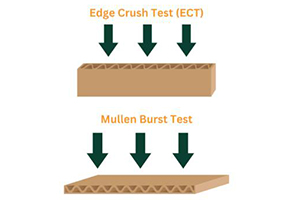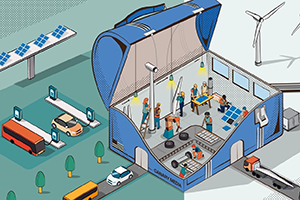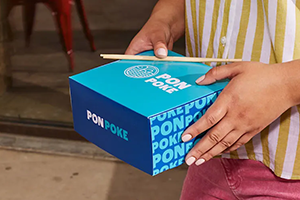Look, after spending over a decade knee-deep in the packaging industry, I’ve watched the whole sustainability scene flip upside down. Brands aren’t tiptoeing around going green anymore – they’re diving in headfirst, desperate to nail that “net-zero” badge. And in all the frenzy, carbon offsets have popped up as the go-to quick fix, like magic beans promising a greener tomorrow.
But come on, let’s call it what it is: buying offsets is a bit like hiring a stand-in to run your marathon for you. Sure, you get the finisher’s medal, but you’re still puffing away on the couch, no fitter than before.
In this piece, I’m going to cut through the fluff and get real about what brand managers are scratching their heads over when it comes to slashing carbon footprints for good. We’ll unpack why zeroing in on the stuff your products are made from – yeah, that tangible material choice – is the smarter, more genuine way to play the long game. It’s not just effective; it’s downright empowering.
The Tempting Trap: Why Carbon Offsets Aren’t the Hero We Hoped For
I get the appeal of carbon offsets – they’re like the easy button for eco-cred. Shell out some cash, fund a tree-planting spree or a shiny wind farm somewhere far away, and boom: you claim those carbon savings as your own. Slap on a “carbon neutral” sticker, and suddenly your product’s looking all virtuous in the eyes of shoppers hungry for green labels.
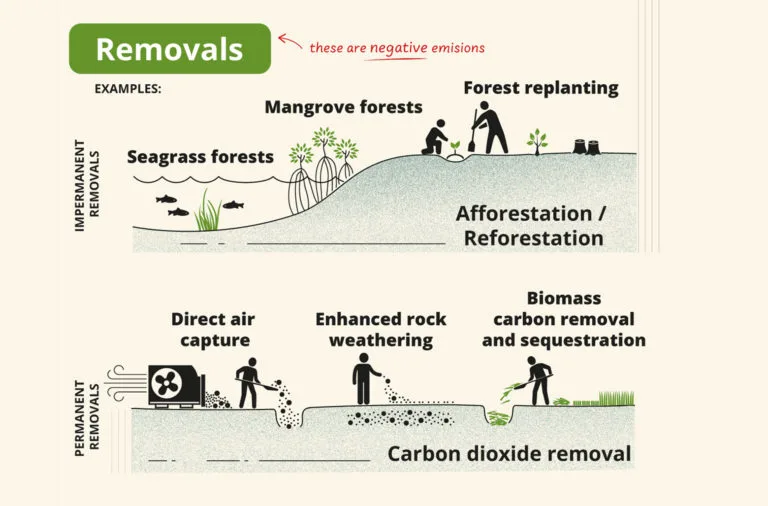
Scratch beneath the surface, though, and things get shaky fast.
The big, awkward truth? A ton of these offsets are dodgy at best. Studies in heavy-hitters like Nature have blown the lid off, showing that loads of credits on the open market are basically junk – they don’t actually cut emissions as promised. Maybe the project would’ve happened anyway (that’s the killer flaw called “lack of additionality”), or the benefits are wildly inflated. It’s like betting your reputation on a house of cards.
Leaning on this stuff is risky business. It’s a sneaky way to sidestep the gritty work of overhauling your own operations and supply chains. You’re not fixing the mess at home; you’re just paying to sweep it under someone else’s rug. Not only does that do zilch for the planet in the long run, but it leaves you wide open to greenwashing backlash. And trust me, nothing torches customer loyalty faster than getting caught faking it.
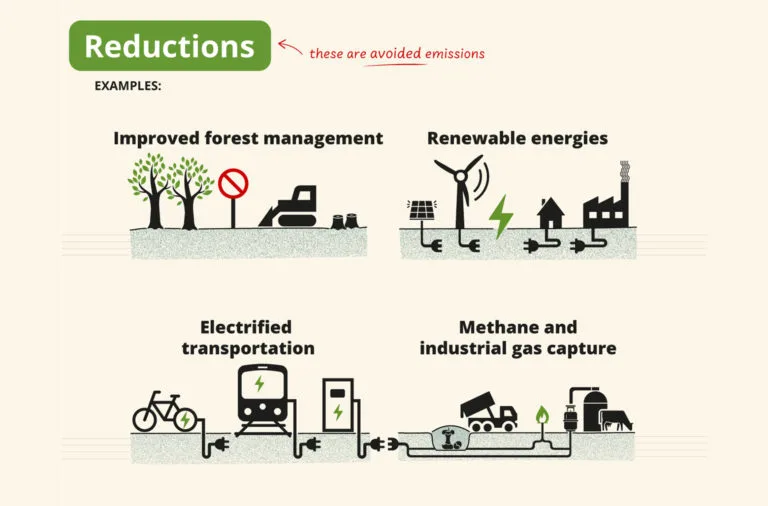
Getting Your Hands Dirty: The Real Magic of Insetting and Smart Materials
So, if offsets are a dodgy detour, where do you actually head? Simple: turn the spotlight inward and tackle those emissions right in your own backyard. That’s the essence of “insetting” – fixing things within your direct reach rather than passing the buck.
For most brands, the absolute powerhouse move is nailing your material choices. Picture this: studies keep hammering home that raw materials can account for up to two-thirds of a product’s total climate hit. Swap in smarter options for your paper, plastics, or whatever else, and you’re scoring massive, provable emission cuts without touching a single credit. It’s not about flashy PR; it’s about crafting a business that’s rock-solid and see-through from the inside out. Feels pretty good, doesn’t it?
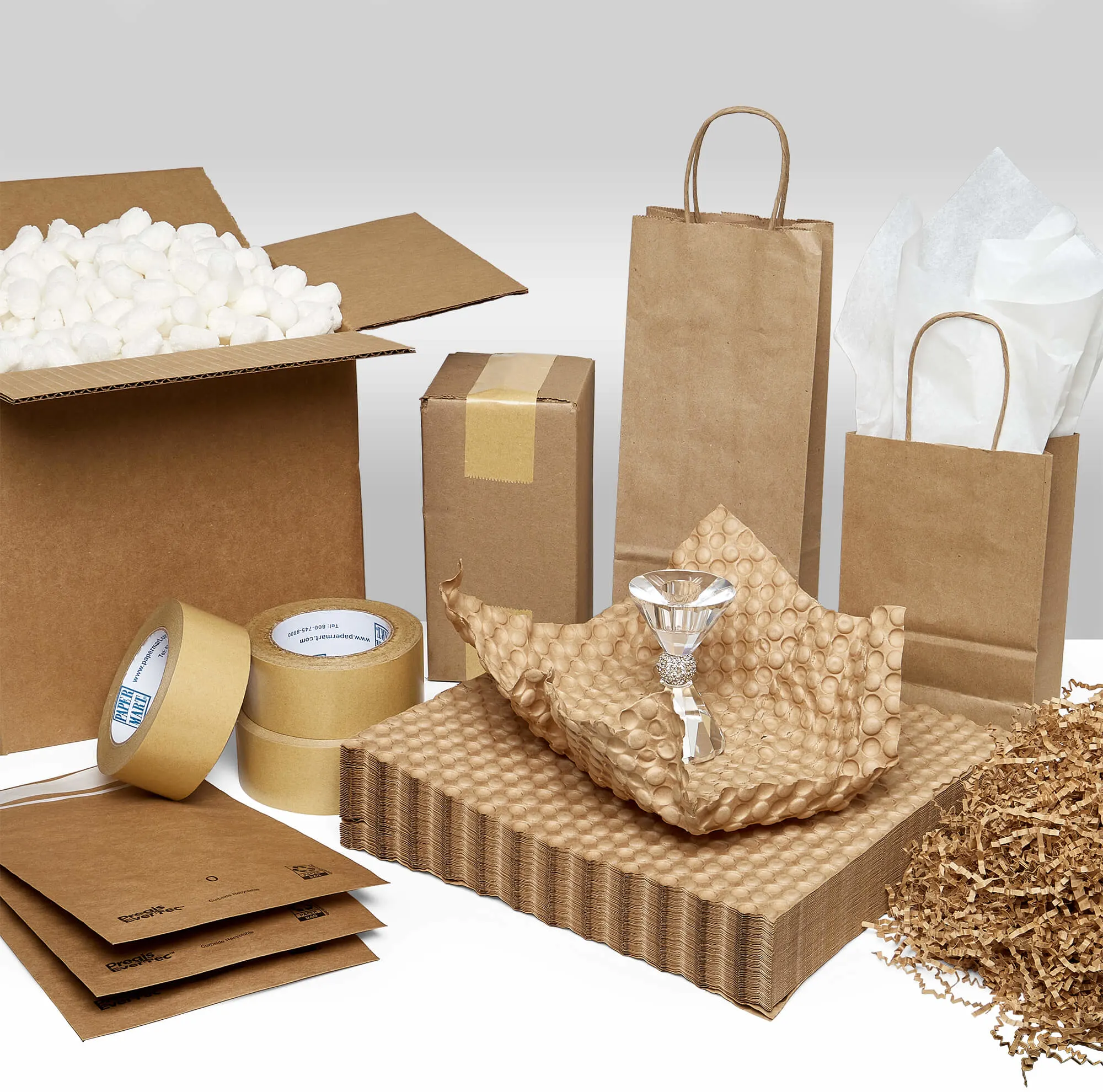
A No-Nonsense Guide to Putting Materials First
Jumping into a materials-driven sustainability plan isn’t some airy-fairy dream – it’s hands-on, measurable stuff you can roll up your sleeves for.
Start by getting a clear picture of where you stand. Dive into a Life Cycle Assessment (LCA) for your packaging – think of it as an X-ray that spots the environmental trouble spots, from digging up raw bits to what happens when it’s tossed away. Brands like Everlane and Allbirds swear by this; it’s how they zero in on the big wins without guessing.
Once you’ve got that roadmap, it’s time for the fun bit: scouting out upgrades. Imagine ditching virgin paperboard for stuff packed with post-consumer recycled content – it’s a straight-up victory, and one you can shout about to your customers without a hint of bluster. Or go for materials from forests that are properly looked after, like those with FSC stamps, so you’re not accidentally fueling deforestation. And hey, why not slim down your packaging? Re-engineer it to use less without skimping on protection or that premium vibe – lighter loads mean fewer emissions from shipping, too.
At C MIC Packaging, this is where we geek out. When we poke around a client’s rigid or corrugated boxes, we often spot easy switches to greener materials or sleeker designs that keep the quality high while shrinking the footprint dramatically.
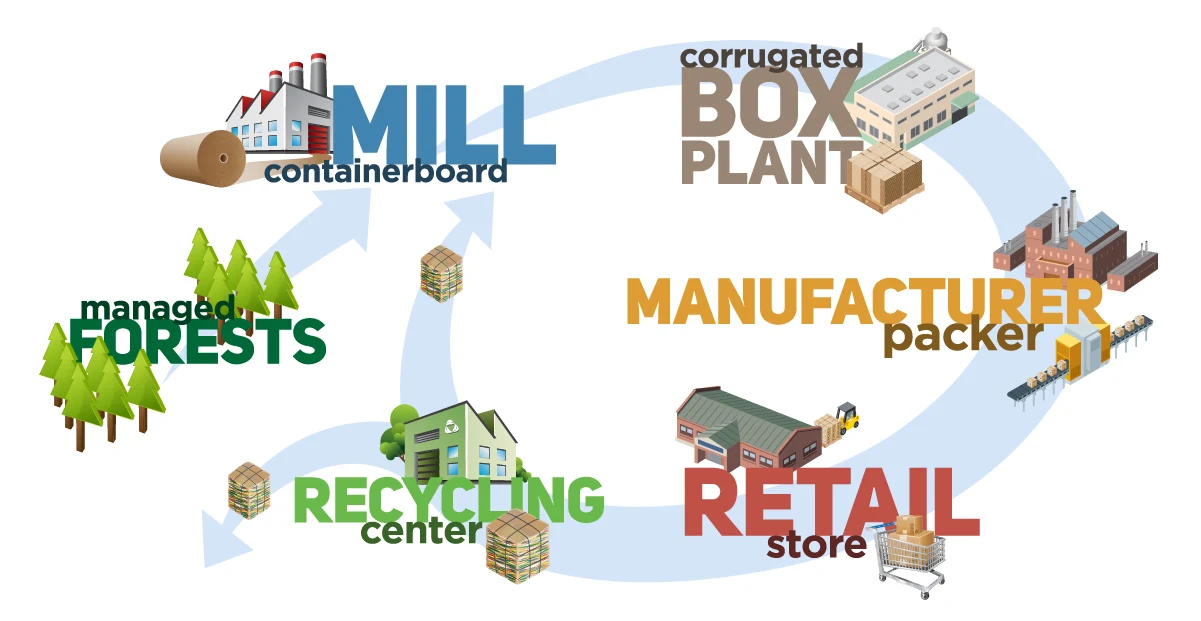
Don’t Forget the Factory Floor: Your Suppliers Hold the Key
Materials are crucial, but how they’re whipped up matters just as much. That’s where leaning on your supply chain – especially those behind-the-scenes Tier 2 folks – becomes your hidden ace.
Quick breakdown: Your Tier 1 guys are the ones putting together your final package. But Tier 2? They’re the unsung heroes (or villains) milling the paper or moulding the plastic, and that’s often where emissions sneakily pile up.
The exciting twist? You’ve got real sway here. Make low emissions a deal-breaker when picking partners, and watch the ripple effects. Hunt for manufacturers who run on solar power or other clean vibes, invest in efficient gear that cuts waste, and aren’t afraid to share their data. It’s all about teaming up for green manufacturing – you’re not just buying boxes; you’re helping build a cleaner chain and nailing those elusive Scope 3 emissions.
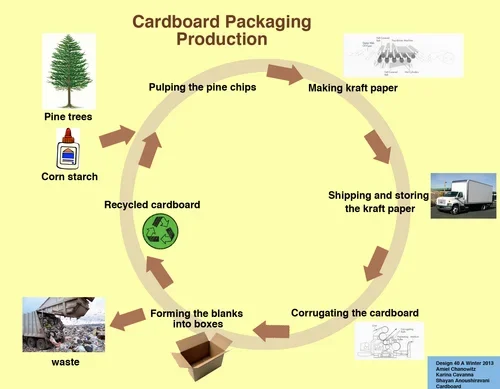
Real Talk: How Allbirds Nailed It Without Shortcuts
Want proof this works? Look no further than Allbirds. From the get-go, these shoe wizards were laser-focused on their carbon footprint, but they skipped the easy outs and went all-in on the tough stuff.
They kicked off by measuring every last detail and slapping carbon labels on their products – they call it “nerdy transparency,” and it holds everyone accountable, customers included. Rather than offsetting a bog-standard shoe, they reimagined the whole thing: regenerative wool, foam from sugarcane scraps (hello, SweetFoam™), and even a “M0.0NSHOT” sneaker that’s basically carbon-zero thanks to wild material innovations and factory tweaks. Offsets? Only as a last resort, after they’d squeezed out every possible reduction. That’s what real corporate sustainability feels like – gritty, honest, and inspiring.
Time to Step Up: Forge Your Own Sustainable Legacy
At the end of the day, real sustainability isn’t about slapping on quick fixes; it’s built on choices that stick. Carbon offsets might score you short-term brownie points, but they’re flimsy bandages on a gaping issue, loaded with risks that could come back to bite.
The winning path? Dig deep into your own ops. Prioritise spot-on material picks and push for green practices from your suppliers – it’s tangible, trustworthy, and bulletproof against critics. You’ll earn rock-solid trust, dodge the greenwashing traps, and future-proof your brand in a world where climate smarts are everything.
Fancy ditching the credits and building something real? It all starts with your materials. Drop a line to the team at C MIC Packaging – let’s chat about how clever swaps can truly lighten your environmental load.
